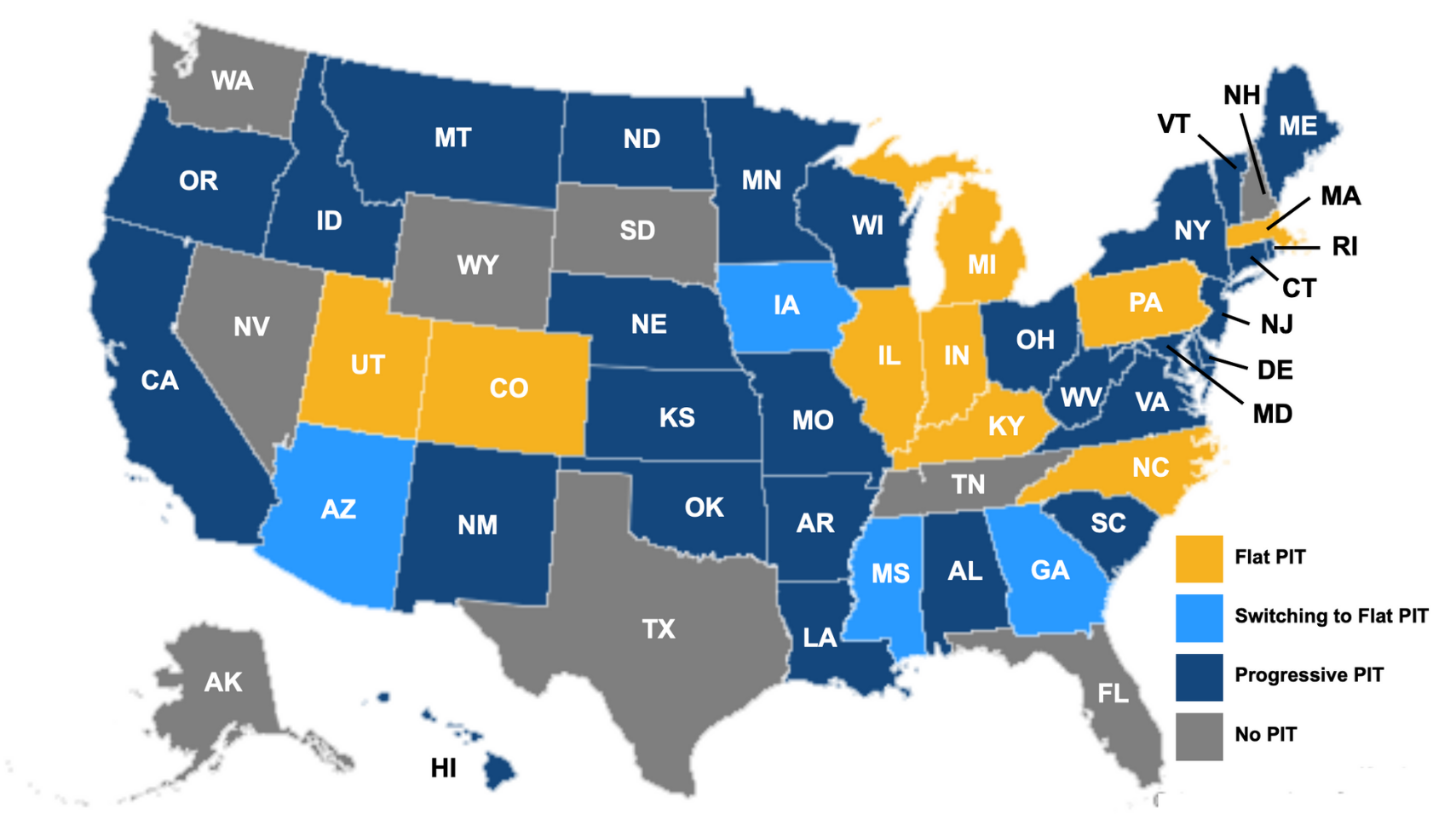The Problem: In 2020, Wisconsin saw multiple protests in Waukesha, Kenosha, and Madison. Several of these protests-turned-riots resulted in violence against both people and property. These events were fueled, in part, by a culture of antagonism and contempt for law enforcement that is growing both here in Wisconsin and around the nation. This trend is best reflected in the slogan “defund the police,” which is grounded in the idea that the justice system was designed to suppress certain groups of citizens.
The Response: We need to strengthen the felony penalties for rioters, and vigorously prosecute those who break laws against arson and property destruction. Treating rioters the same as legitimate, peaceful First Amendment protestors is dangerous and undermines our constitutional freedoms.
Section 9 of Article I of the Wisconsin Constitution guarantees that citizens will receive justice for ‘any wrongs or injuries’ done to his ‘person or property.’ It is clear that injured people and property destruction must be prosecuted. The right to live peacefully and without fear is essential and is the cornerstone of the social contract that underpins our system of government.
However, it is equally important that the ‘right of the people to peaceably assemble, to consult for the common good’ should never be infringed (Article I, Section 4).
Our laws must reflect this fine balance. Currently, Wisconsin statutes do not define what a riot is, and there are no specific penalties for a rioter. Nonetheless, an individual arrested during a riot can be charged with disturbing the peace, disorderly conduct, or unlawful assembly. Wisconsin needs to give ‘riot’ a definition that expresses society’s collective disapproval and that increases the disincentive to engage in the riot. At the same time, the definition needs to be narrowly focused so as to protect the constitutional right to ‘peaceably assemble.’
Part of combating future riots is determining the root cause. To diffuse the claims that ‘cops are killers’ requires reevaluating policing methods that do not ‘defund the police’, but that instead assert a strong police presence that deters crime and significantly reduces it. From Hot-Spot policing to Focused Deterrence, such programs are vetted and successful.
Resources:
- Hinkle, Josh, et al. “Problem-Oriented Policing for Reducing Crime and Disorder: An updated Systematic Review and Meta-Analysis.” Wiley Online Library. Campbell Systematic Reviews, Volume 16, Issue 2. 15 June 2020. Problem-oriented policing for reducing crime and disorder: An updated systematic review and meta-analysis – Hinkle – 2020 – Campbell Systematic Reviews – Wiley Online Library. Accessed 1 October 2021.
- Braga, A.A., Turchan, B.S., Papachristos, A.V. et al. Hot spots policing and crime reduction: an update of an ongoing systematic review and meta-analysis. J Exp Criminol 15, 289–311 (2019). https://doi.org/10.1007/s11292-019-09372-3. Accessed 1 October 2021
- Braga, Anthony, et al. “Focused Deterrence Strategies Effects on Crime: A Systematic Review.” Wiley Online Library. Campbell Systematic Reviews, Volume 15, Issue 3. 9 September 2019. https://doi.org/10.1002/cl2.1051 Accessed 1 October 2021.













